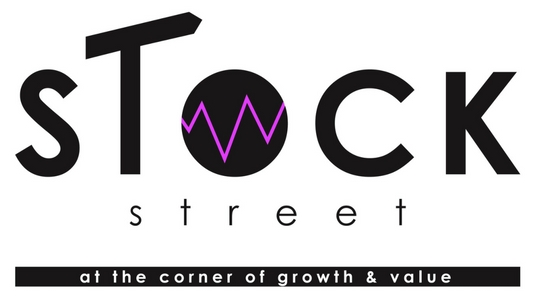By guest author June from dinks.co. She’s a personal finance blogger who’s in a DINKs marriage. Check out the blog sometime!
American homes with dual incomes and no kids—known as DINKS—typically have more disposable income per month than their parenting peers. DINKS don’t have expenses for things like child education, college funds, or clothing and additional food for their children. They can generally live in a smaller space—which means a lower mortgage amount.
All of that translates to having more disposable income. For the avid investor, that translates into being better able to invest more whether it’s diversifying or taking on riskier ventures with potentially bigger returns.
DINKS often have more investment options available to them because of their higher income, so if you’re in a dual income household with no children, read on—you might find the perfect investment to take advantage of your current situation. You might even find the perfect solution to set your future up to be a lot more financially secure.
Take a Look at P2P
P2P stands for peer-to-peer, and it’s a way to earn some fantastic returns with extremely little work. In the investment world, P2P typically means financing individual loans through a marketplace. These loans are essentially crowdfunded by investors on a platform that features borrowers in need of a loan. Ideally, everyone gets what they wanted. One peer can get a potential ROI, and the other peer can get funding.
You can start with as little as $25; in only a few months, however, you may find that you’re seeing more than 8% returns on even that small amount. It’s easy to get going with P2P lending. Once you’re comfortable with it, you can even automate it to a degree that keeps the money rolling in while not requiring a lot of hands-on effort.
This type of investing isn’t a foolproof, magic formula. There’s still a degree of risk. Loans you choose to finance could default, and you could end up losing money. That being said, however, many DINKS are finding P2P to be the perfect place to get their feet wet in the investment world since you don’t have to devote too much capital to get started.
Use a Robo-Advisor
Let’s say P2P isn’t your thing and you want to make different investments. However, what if you still don’t want to spend all your time managing a portfolio? A robo-advisor may be your best bet. Robo-advisors are digital advisors that manage your investments for you based upon criteria and profiles you set. They’ve enjoyed rising popularity among the millennial demographic, partially because of their tech basis and partly because they make it possible for those new to investing to effectively leverage their choices.
With a robo-advisor, you get the math-based advice of a human investment advisor with the hands-off ease of automated services. They’re far less expensive than human advisors and offer a number of automated options while still keeping the risk comparatively low.
They’re not perfect, however; as with other investments, there’s risk involved. Take the time to look at the various robo-advisors available, and choose the one that’s right for you.
Get Started with a Financial Advisor
One thing that has typically steered people away from traditional financial advisors is the high buy-in cost. Many firms won’t even take on new clients without at least $50,000 to $100,000 as an initial deposit, and for most people just starting out in the investment world, that amount can be a bit prohibitive.
However, this is less of a problem for a couple with combined incomes. So, if you have the cash, a human advisor or investment firm might be the perfect way to get started investing. A trustworthy human advisor is often viewed as the safest bet when it comes to investment advice.
Starting your investment journey with an advisor means you’ll be set up correctly for everything from how to choose the right investments to minimizing tax liability for those returns. You’ll have the benefit of personal service from someone who understands your goals and tolerance for risk. In addition, investment advisors understand the markets better than beginning investors do, which translates to solid advice for those who might not be able to navigate the investment world just yet.
Conclusion
DINKS households often have additional money to put into everything including investing, and if they find the right method to invest, they can see that additional money grow exponentially over time. If you’re in a dual income situation with no children, you could get started in a variety of investment options. Even if you choose later to have kids, you’ll be well on your way to financial success—and your kids will only benefit.
Disclaimer: These are the ideas and opinions of the guest author. The website is not responsible for the actions of those who read the posts on this blog. Each individual reader has a unique situation and unique needs. This blog is not intended to solve those unique situations of the readers. This blog is not liable for decisions made by the readers of this blog.
Here is my affiliate link disclaimer if you want to read more: DISCLAIMER














